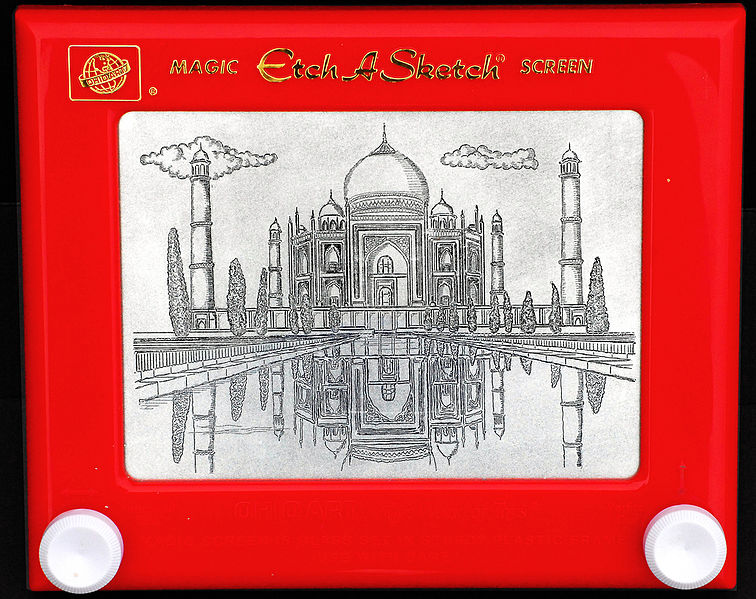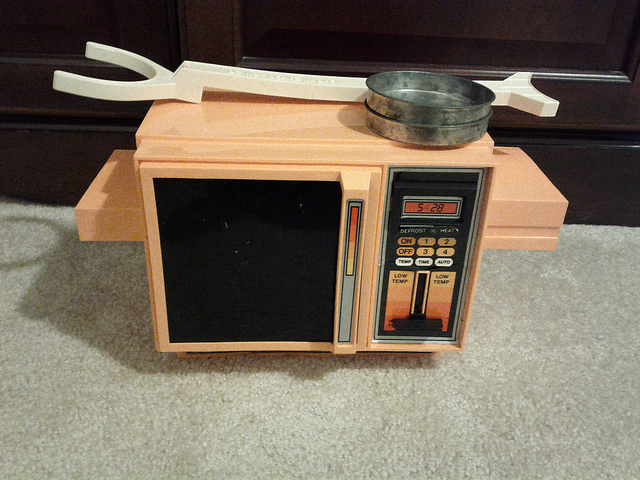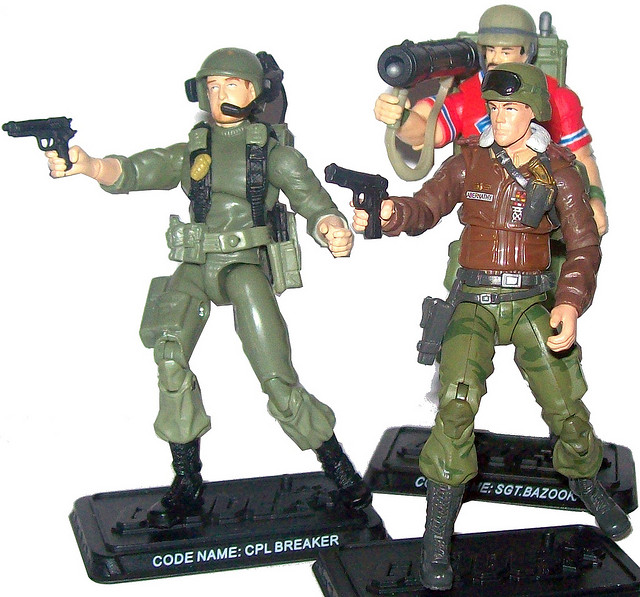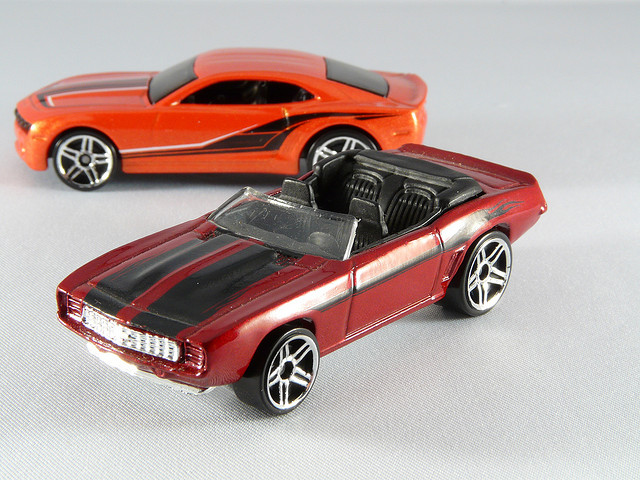Mid-Century Toys for Modern Girls and Boys, Part II
Continuing our two-part feature on toys that debuted while Joe Eichler was developing his signature homes, we move into the 1960s with some items you doubtless know, but may not have realized dated back so far. If you haven't done so yet, do read Dave Weinstein's CA-Modern story on raising kids in Eichlers, which was the inspiration for this series of posts.
 |
|
|
Barbie: Based on a German novelty doll named Lilli, which first appeared as a character in a magazine in 1952, Mattel debuted Barbie at the 1959 New York Toy Fair. While girls loved the toy, their mothers were skeptical at first of how, er, mature she was. But Mattel used some incisive marketing to convince the grown-ups that Barbie was a good influence." Since Barbie was well-dressed and attractive, mothers ought to consider her a tool for teaching their daughters about the importance of appearance and femininity," Kristin Conger writes at How Stuff Works. The doll remains one of the most popular and controversial toys ever produced.
 |
|
|
Etch A Sketch: French electrician André Cassagnes, who died this year, came up with the idea for the Etch A Sketch while installing a light switch plate coated in aluminum powder. He noticed a pencil drawn across the plate left a mark visible on the other side, Buzzfeed explains. He sold the "magic screen" idea to Ohio Art in 1959, and by 1960 the company was marketing the Etch A Sketch. While the original had a single joystick, which was soon replaced by the two knobs, it otherwise worked exactly as it still does today, by dragging a stylus across a coating of aluminum filings. Fifty-three years after its debut, the Etch A Sketch stays relevant, as an artistic mediumand recently an unflattering political metaphor.
 |
|
|
Easy Bake Oven: Few toys define childhood domestic bliss as strongly as the Easy Bake Oven, which debuted in 1963. The simple device used light bulbs to create enough heat to bake with, an idea that came to inventor Ronald Howes from street vendors in New York, who used incandescent bulbs to keep their roasted chestnuts hot, according to Salon. The toy has remained popular but the technology has changed: The last bulb-heated ovens were phased out in 2011 to make way for a model with a dedicated heating element.
 |
|
|
G.I. Joe: The comeback story of this group, Hasbro debuted the iconic action figure in 1964 as a sort of male-oriented version of the Barbie doll. It had outfits and equipment in a variety of themes, from astronaut to deep-sea diver, to Green Beret. But when the public appetite for a military action figure waned during the Vietnam War, Joe's popularity flagged, and Hasbro shelved it in 1978. The Joe we know today launched in 1982, buoyed by the popularity of the Star Wars action figures. This time, a range of toys, characters, a cartoon show, video games, and movies gave the toy a backstory and helped turn it from a doll into an institution.
 |
|
|
Hot Wheels: While Matchbox introduced America to its die-cast, scale-model cars in 1953, it was Hot Wheels, which debuted in 1968, came to dominate the market. The cars were brighter, faster, and more collectible with limited-edition runs. They had a special suspension system that used flexible axles and, while flawed, helped give them better performance as moving model cars. And they had flashier paint jobs and more unique designs. But the thing that really set them off was the classic build-it-yourself racetrack, which continues to clutter homes and delight children of all ages today. And they make for great videos.
- ‹ previous
- 408 of 677
- next ›




